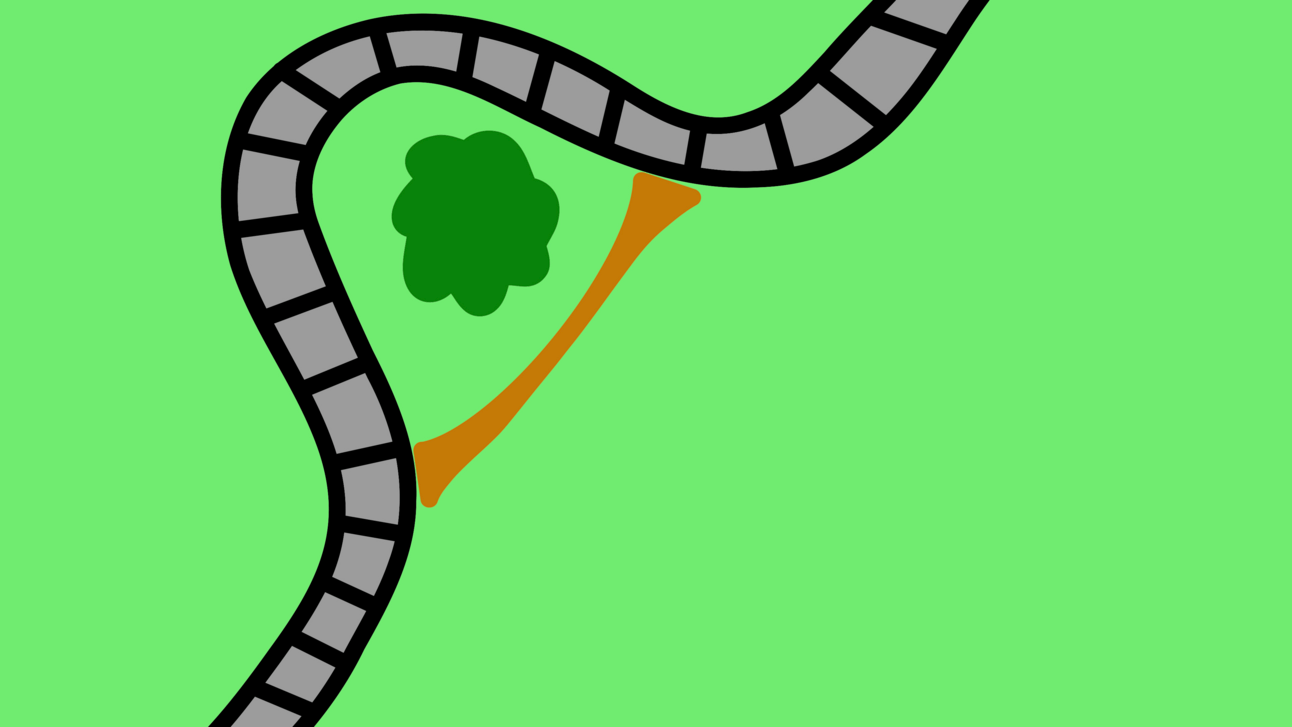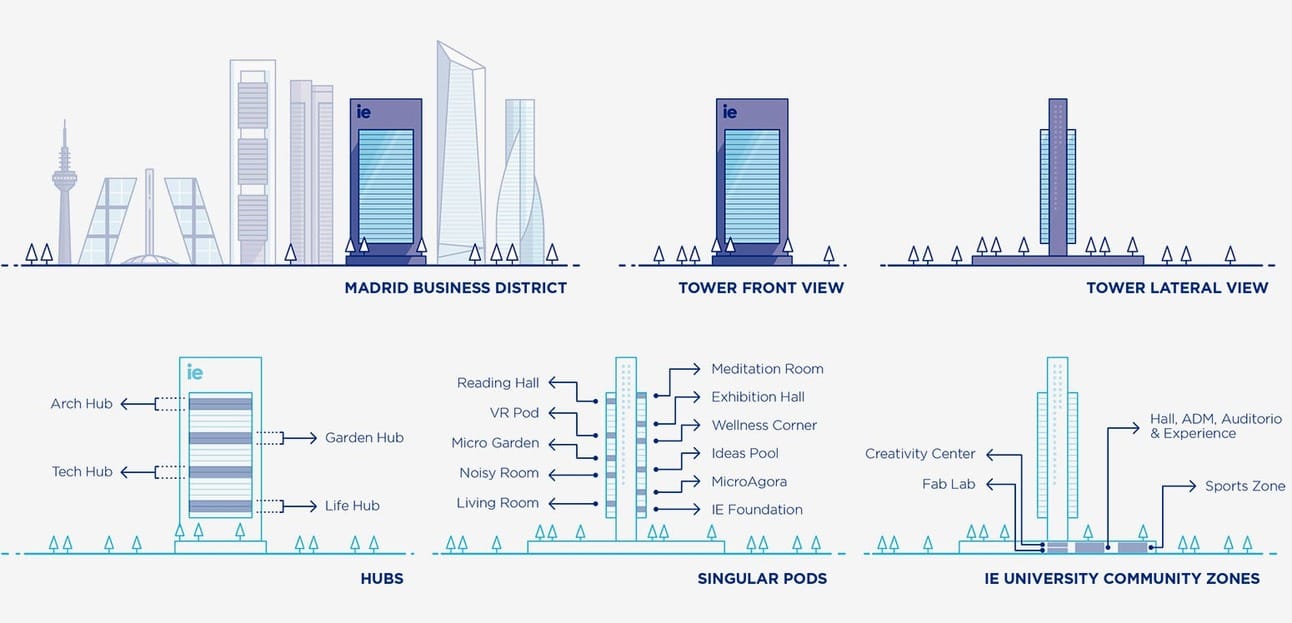- MindfulThinks Newsletter
- Posts
- The "Desire Paths" in Problem Solving
The "Desire Paths" in Problem Solving
What we can learn from "desire paths" when solving tall challenges.
A Little Intro
Welcome to the first edition of the MindfulThinks Newsletter! It is exciting to be talking to all of you from a different medium, especially a written one. I want this newsletter to be a place where we can go more in-depth about the behavioral insights from my videos and ultimately a starting point for some interesting conversations.
So let’s talk about something that has been on my mind lately: Desire Paths.
Desire Paths are Everywhere
If you haven’t checked it out yet, I recently made a video about these on my YouTube channel.
Desire Paths are dirt trails that are often made in parks or grassy knolls, showing shortcuts people take outside of the paved walkways.

A “desire path” in last week’s video.
You can find these everywhere in the world. There’s a very interesting subreddit dedicated to them if you want to look at a ton of great examples.
After I published my video, many of you commented that you see these in your communities as well. It was interesting to read that, no matter where you are in the world, we are experiencing the same phenomenon.
Desire Paths as a Clear Example of Behavioral Design
This video didn’t come from just anywhere though, I’ve used this example before. Back in 2022, I was lecturing at IE University in Madrid and helping students with a behavioral design project. IE University is one of (if not the) tallest universities in the world. It is located in the 7th tallest tower in Spain.
Now this all sounds cool, until you realize that students don’t know how to be students in a giant vertical campus. If you look at traditional campus structures, there are normally places where students can run into each other or congregate. At IE, students were limited by being on separate floors and having to take elevators. This made the vertical campus not feel so much like a “campus”, but more like an office building. It was unnatural and needed to be changed.

Some visuals for the IE University Tower (courtesy of IE University).
When looking at this problem, it seemed clear to me that the designers of these spaces weren’t actually thinking about how students were going to interact with their campus.
Many students noted that they could not find charging outlets at the tables, so they had to sit on the floor next to the walls (note: those were fancy tables that were never being utilized). Some students mentioned never seeing their friends since there weren’t common places to hang out in the building. And a few students even mentioned that they would opt to sleep in study rooms since there was nothing else for them to do in the hours between their classes.
The issues could go on and on.
Now one could get overwhelmed with this information and things could seem hopeless since there are just so many things that could be changed. But in reality, we just had to reframe our thinking.
One day, when walking to the university before my lecture, I noticed a dirt path cutting across two paved walkways. This was clearly made by students trying to find a shorter way to get to class. And then it hit me: we are trying to design for the “desire path” of the student experience and the architects created the “paved walkways” of the tower.
During my workshop with the students, I explained this example to them in detail. It helped them understand the problem and reframed how they were approaching their analyses. In the end, they were able to distill how students were behaving in the tower and gave actionable recommendations that actually led to the university making functional changes throughout the tower.
Solving Problems Using a User-Centered Approach
Sometimes in behavioral science we get anchored down by trying to tie specific behaviors to a “bias” or an “effect” before we actually think about what we’re solving for: user behavior. My students were struggling with this, trying to find the “aha!” moments and solve every problem that came up. But in reality, we just had to simplify our problem solving approach.
“So Carlos, we are just trying to build for what people actually do? And right now the tower isn’t built for what students actually do, it’s just designed for what the architects thought we would do?”
It was amazing when the students finally got it. Behavioral science is a process and requires iteration. I don’t think the architects could have predicted how anybody was going to use that tower, it was a brand new and ambitious initiative. However, it was now the responsibility of these students to analyze the usage and make improvements based on their findings.
And who better to tell you how something is used than the users themselves?
Wrap-Up
So why do I mention all of this?
Sometimes it helps to simplify challenges to understand them before we go into problem solving mode. Should we try to tackle every single problem that exists with a known process or system? Or should we first try to focus on our north star and the main goals of what we’re trying to do?
I found desire paths to be a great tool for reframing our perspective on user-centered design practices. We aren’t trying to solve every user problem, we shouldn’t just throw away our previous design without learning from it, and we can’t get lost in all the fancy terms and definitions of the behavioral science literature.
Sometimes, all we are trying to do is learn where people actually “walk”.
Deep breath.
And, sometimes, that’s enough.
-Carlos
If you liked this newsletter, consider sharing it with your friends and colleagues! I would also love to hear any feedback you have as I continue working on this new medium.
And if you would like to support my caffeine habit as I am writing these, you can buy me a coffee here ☕